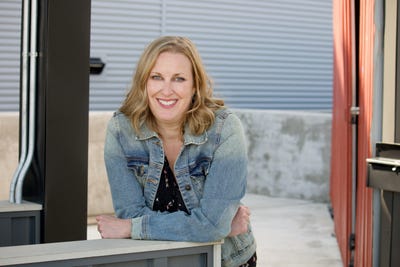Training talk: Which foodservice training tactics should stay and which should go?Training talk: Which foodservice training tactics should stay and which should go?
Some old-school training tactics are stale and need to go. Others are tried and true and should stay. Morrison Healthcare’s Chef Thomas Sewell gives us his take on why you shouldn’t automatically get rid of every old-school training rule, and why you don’t have to jump on board with every new one, either.

Thomas Sewell is division chef, Southeast, for Morrison Healthcare. Prior to that, he spent several years at the Florida Blue healthcare system, as leader of culinary P&L operations, where he got farm-to-fork initiatives started, started signature events like chef’s tables, and also worked with the GM on effective employee training on food safety and beyond.
The veteran healthcare chef says training is a constant, but in different forms throughout the year.
“We have teammates that have been with us for many years, but we have new teammates joining our teams daily,” Sewell says. “One-on-one, as well as smaller group training happens daily, but we do have certain times of the year we will meet as a larger group both in person and virtually.”
Like many other areas of professional life, individual personalities come into play. Human beings react to different things in a million different ways. So, as a trainer, it helps to quickly identify what kind of learning is best for each team member.
Sewell has found that whether a new hire will jump right in or wade in slowly “depends on the new teammate,” he says. “Some will be ready to hit the ground running, while others will need to take a step back and evaluate the situation. We have a very diverse team, from Baby Boomers to Gen Z, so we evaluate their skills and use the training tactics that will help them be more successful in their roles.”
Here are a few of Sewell’s “stay or go” selections on training:
STAY (old school)
Apprenticeships. “Nothing can replace the hands-on learning experience under the guidance of a skilled mentor.”
GO (old school)
One-size fits all training. “Providing the same training to all employees is no longer effective.”
STAY (new school)
Mobile learning. “Provides training materials that are easily accessible on mobile devices.”
GO (new school)
The “Netflix of Learning” Approach. “Platforms that only use AI technology for training don’t really work.”
About the Author
You May Also Like





.jpg?width=300&auto=webp&quality=80&disable=upscale)
